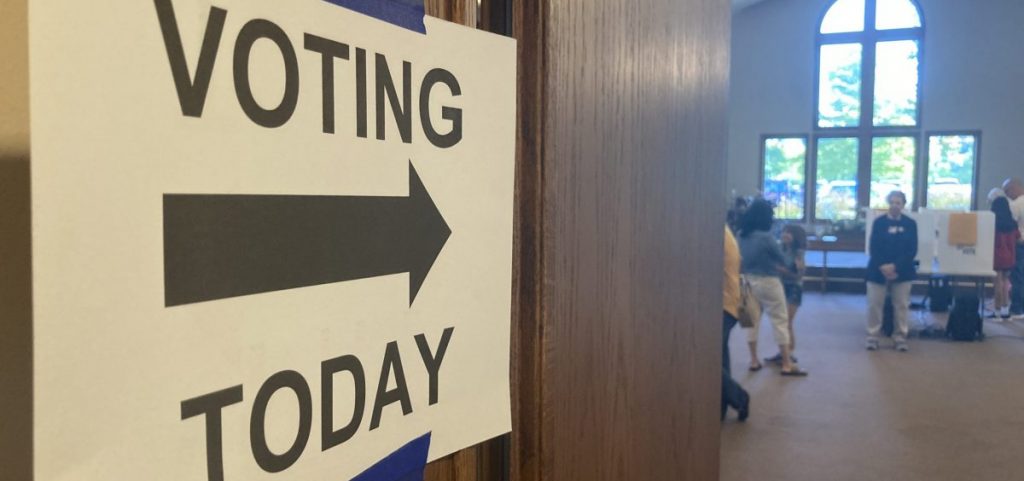News
Record low turnout and incumbent upsets mark historic Ohio August primary
By: Andy Chow | Statehouse News Bureau
Posted on:
COLUMBUS, Ohio (Statehouse News Bureau) — The statewide primary for state legislative races — which could cost Ohio up to $25 million — saw a voter turnout of just 7.9%.
Candidates were vying for their party’s nomination in 99 Ohio House district races and 17 Ohio Senate district races.
There were also contests to be members of the state central committee for both the Ohio Democratic Party and the Ohio Republican Party.
Just under 632,000 ballots were counted out of 7.9 million registered voters, based on unofficial results posted by the secretary of state’s office.

Incumbents battle to keep seats
Two Republican incumbents lost to challengers in their primaries. Rep. Shawn Stevens (R-Sunbury), who was appointed to the Ohio House earlier this year to replace Rep. Rick Carfagna (R-Genoa Twp.), lost to Beth Lear an Ohio Air National Guard veteran and small business owner.
Rep. Mark Fraizer (R-Newark) lost to Thad Claggett in what became a rematch of their primary contest in 2020. Claggett had accused former Republican House Speaker Larry Householder – who faces a federal racketeering charge – of meddling in the first race.
Two incumbents were locked in a high-profile race for the Democratic nomination for a House district in Cuyahoga County. Rep. Bride Rose Sweeney and Rep. Monique Smith were drawn into the new district which included North Olmstead, Berea, and Westlake. Sweeney ended up winning what, at times, became a contentious fight between the two legislators.
Other Republican incumbents went on to win their contested primaries, which includes Rep. Darrell Kick (R-Loudonville), Rep. Susan Manchester (R-Waynesfield), and Rep. Thomas Hall (R-Madison Twp.).
Why did Ohio hold an August primary?
The races for Ohio House and Ohio Senate seats were removed from the May 3 primary ballot after an ongoing battle over new district maps.
Republicans on the Ohio Redistricting Commission had adopted a set of state legislative district maps for a third time, but in March the Ohio Supreme Court once again rejected those maps as unconstitutionally gerrymandered to favor the GOP.
A group of Republican voters filed a challenge in federal court to ask a panel of judges to intervene. Once a Republican-drawn map was rejected a fourth time, the federal court ordered the state to run elections based of an unconstitutional map.
The district maps being used for the Ohio House and Ohio Senate races give Republicans an advantage in about 54% of the districts. That’s a proportional reflection of how the state tends to vote which is about 54% Republican and 46% Democratic.
However, the maps were ruled unconstitutional because of the disproportionate about of Democratic districts that were toss-up districts.
There were enough toss-up districts, where a Democratic candidate only had about a 2% advantage, to make it possible for the Republicans to still maintain a supermajority in the House and Senate.
The federal court said the unconstitutional maps are only to be used for the 2022 election. The congressional district map in effect for November’s general election has also be ruled unconstitutional by the Ohio Supreme Court.
9(MDU1ODUxOTA3MDE2MDQwNjY2NjEyM2Q3ZA000))

